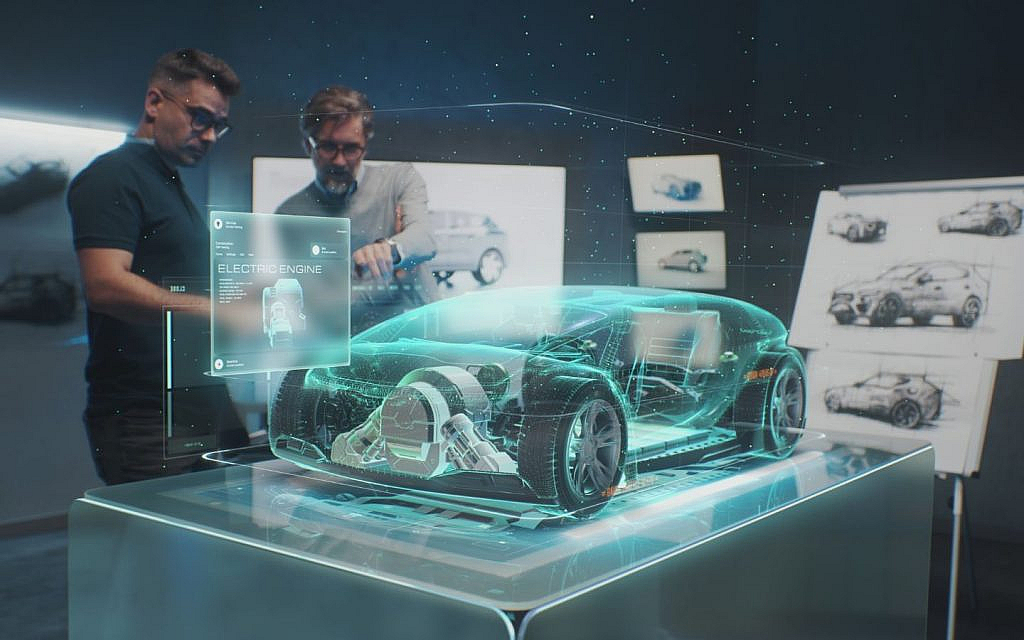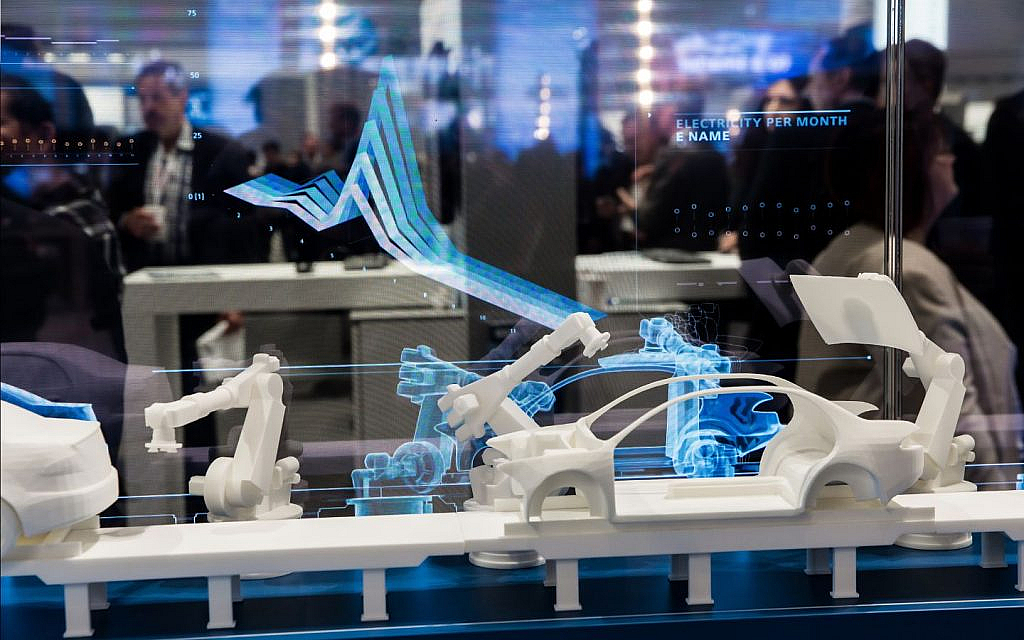All About Digital Twin Technology in the Automotive Industry
The introduction of digital twin technology in the automotive industry is set to reshape different aspects of vehicle design, manufacturing and maintenance. This technology enables real-time monitoring, simulation and optimisation by creating virtual replicas of vehicle components. Furthermore, it helps improve product quality, enhancing operational efficiency and reducing costs.
The application of digital twins technology will be integral to innovating and streamlining automotive manufacturing. Here’s all you need to know about this technology, including its benefits, challenges and potential.
Applications of Digital Twin Technology in the Automotive Industry

Digital twin technology is transforming how vehicles are manufactured. The applications of digital twins in automotive production are as follows:
- Drafting Design: Virtual prototypes allow manufacturers to fine-tune design at an initial stage, reducing development time and avoiding costly errors.
- Performance Optimisation: Digital twins replicate vehicle performance in various environments, which helps in enhancing engine efficiency, vehicle aerodynamics and fuel economy.
- Safety Testing: Digital twins also ensure higher vehicle safety standards owing to virtual car crash tests through simulations that help manufacturers meet safety regulations.
- Manufacturing Optimisation: Through the optimisation of production processes, from assembly line configurations to tooling design, digital twins tech helps cut costs and boost productivity.
Benefits of Digital Twin Technology in Automotive Design and Engineering
Digital twins play an important role in enhancing automotive design and engineering. Before manufacturers proceed to invest in expensive physical prototypes, they can simulate, test and optimise designs virtually via this innovative technology. Here are some of its advantages in the automotive industry:
Quality Control
Digital twins allow real-time manufacturing process monitoring, helping automakers detect quality issues before they cause significant disruption. This way, the automakers maintain high-quality standards and the downtime is minimised.
Worker Training
Manufacturers also leverage digital twins technology to train new workers via simulations. This approach allows employees to polish their skills in a controlled environment before experimenting with real equipment.
Predictive Maintenance
By monitoring product performance and efficiency, digital twins identify potential maintenance needs at an early stage. This allows manufacturers to plan maintenance in advance and enhance equipment longevity.
Performance Monitoring
Digital twins technology tracks how well things are working by collecting data from sensors in vehicles. This information helps in the improvement of maintenance and performance.
Custom Vehicle Configuration
Manufacturers can utilise digital twin technology to create vehicles that align with the unique preferences of customers. From custom paint to personalised interior features, automakers can quickly test and assess the viability of different configurations.
Challenges and Limitations of Digital Twin in the Automotive Industry

Although digital twin technology in car manufacturing offers ample benefits, its implementation is not without challenges. Here are a few challenges of integrating this technology for automakers:
Data Accuracy and Quality
For digital twins to function properly, it is crucial to have high-quality and accurate data. Faulty or low-quality data can compromise the results of simulations and predictions, leading to flawed outcomes.
Integration and Interoperability
Integrating data from multiple sources like sensors, IoT devices and other platforms demands the implementation of advanced protocols along with strong security measures. This helps in ensuring smooth and compatible system operation.
Real-Time Simulation
Real-time simulations require robust computing systems and precise data inputs, which can be both costly and challenging to scale efficiently.
Scalability
Managing large volumes of data and computational resources for intricate automotive systems can be daunting. This issue is magnified as operations scale up.
FAQs
What software is used for digital twins?
Digital twin technology usually integrates CAD software with simulation tools.
What is the difference between IoT and digital twins?
Digital twin technology turns data into insights with predictive power. On the other hand, IoT in vehicles offers essential data and communication.
Which companies use digital twin technology?
Some automakers utilising digital twin technology include BMW, Porsche, Toyota and Ford.
Digital twin technology is transforming the automotive industry by improving design, manufacturing and maintenance. Even with challenges such as data accuracy, integration and scalability, the potential of digital twins to reshape the automotive industry is undeniable. Moving forward, this innovative technology will revolutionise efficiency, safety and customer experience in groundbreaking ways.
The automotive industry is constantly evolving, bringing innovative car features that enhance safety and performance. Explore these used cars for sale in the UAE to find a wide range of options offering modern features and technology. However, if you prefer a brand-new ride, go through these new cars for sale in the UAE.
Stay tuned to UAE’s leading autos blog to learn more about interesting technologies like digital twins.
Cover Image Credits: Shutterstock Image Contributor – AlexaPhoton photo
Comments
Post a Comment